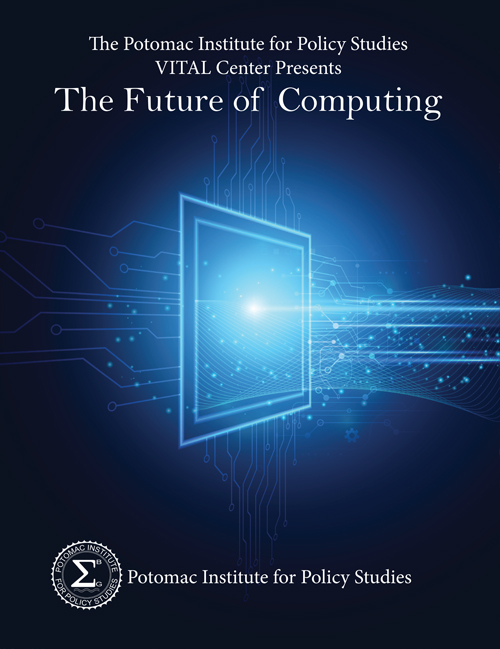 For over 50 years, Moore’s Law has successfully predicted the increase of computing power based on dimensional scaling. Radical technological advances over decades of exponential progress in microelectronics have profoundly altered the way we live. We are reaching the end of Moore’s Law, and with that, the end of conventional, scaling-based computing progress. Fundamentally new approaches are needed to push forward the field of computing and ensure the strategic technological advantage of the United States. We must now consider the future of computing that goes beyond conventional complementary metal–oxide–semiconductor (CMOS), von Neumann architecture, or even Boolean logic. Future approaches to computational hardware must provide substantially increased power efficiency and computational ability enabled by development of novel component and architectural designs. At the same time, new software designs will need to accommodate a variety of new and emerging applications and hardware types.
For over 50 years, Moore’s Law has successfully predicted the increase of computing power based on dimensional scaling. Radical technological advances over decades of exponential progress in microelectronics have profoundly altered the way we live. We are reaching the end of Moore’s Law, and with that, the end of conventional, scaling-based computing progress. Fundamentally new approaches are needed to push forward the field of computing and ensure the strategic technological advantage of the United States. We must now consider the future of computing that goes beyond conventional complementary metal–oxide–semiconductor (CMOS), von Neumann architecture, or even Boolean logic. Future approaches to computational hardware must provide substantially increased power efficiency and computational ability enabled by development of novel component and architectural designs. At the same time, new software designs will need to accommodate a variety of new and emerging applications and hardware types.
On October 31st, 2019, the Potomac Institute for Policy Studies (PIPS) held a panel discussion entitled “The Future of Computing” to explore future trends in computing and to discuss radically new computational paradigms. Four panelists with expertise spanning government, military, academia, and industry explored emerging developments and future visions of computing. The discussion ranged from bio-inspired computational approaches, to 3D integration, to the new paradigm of thermodynamic computation. A robust Q&A session with the audience followed the panelists’ remarks.
Future computational approaches must enable substantial increases in power efficiency and customization while balancing the resulting cost of fabrication. The United States government (USG) often requires lower volume and higher specialization than commercial industry, which results in higher-costs and slower production—factors that intensify the hesitancy of private industry investment. Further, radically new computing methods will require high-risk, high-payout, long-term investments. The USG has greater incentive and ability to drive these riskier investments than industry.
In order to maintain American global leadership in innovation, ensure economic competitiveness, and provide a strategic advantage, the USG must develop and invest in fundamentally new computing paradigms. The USG should foster innovation, encourage collaboration, and invest in alternatives to conventional silicon-based computing methods to usher in the next era of computing. This requires a commitment in both vision and budget resources. It is vital to national security that the USG drive the development and steer the future of computing, as these new systems that have the potential to bring about positive advancements alongside disruptive technological change.
No comments:
Post a Comment